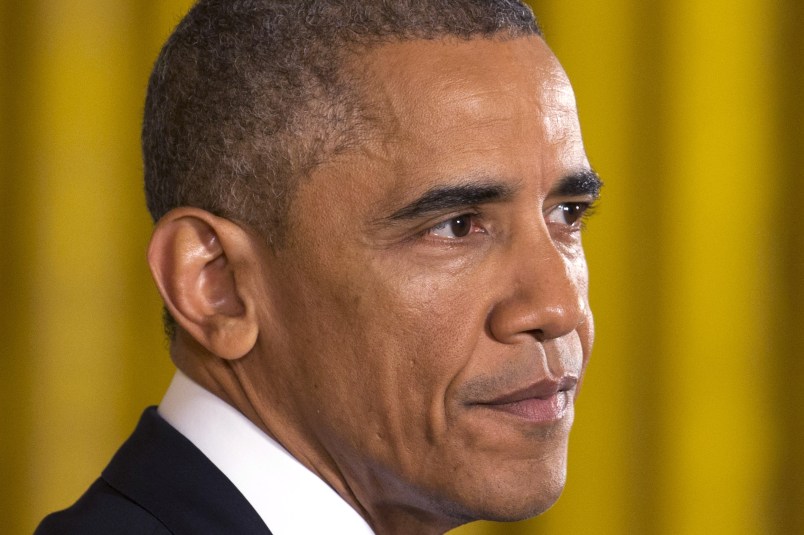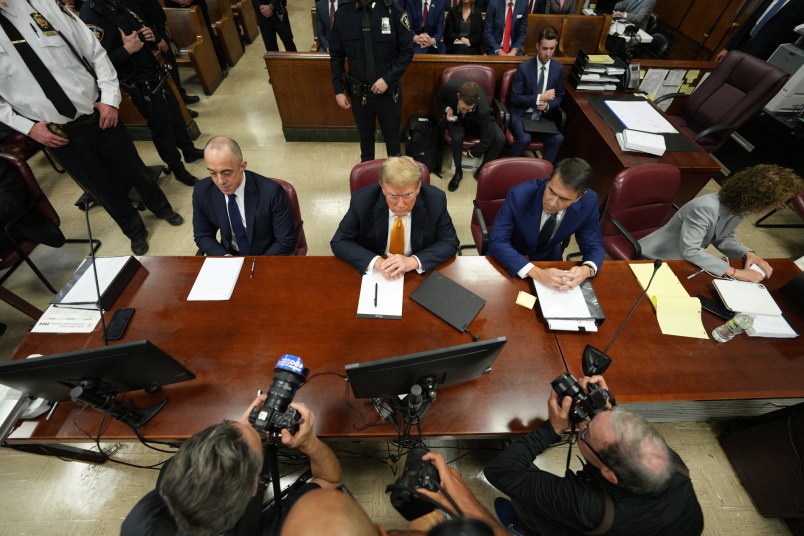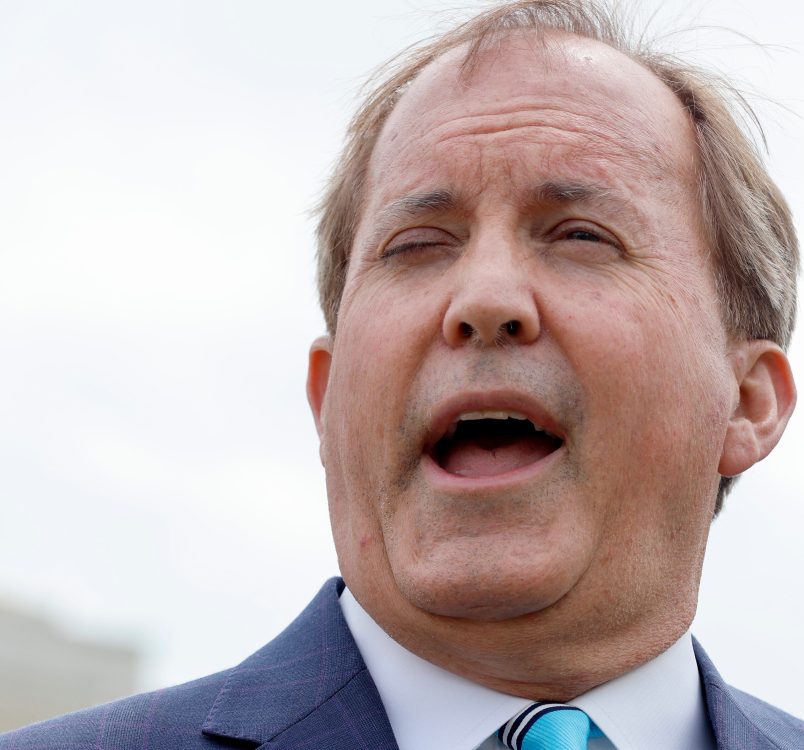Some truly historical trends are underway in health care spending, according to a new report released by the federal government and published in Health Affairs this week, the result of a still slow economic recovery and the reforms of the Affordable Care Act.
Here are five things you should know.
Spending Growth Is At Record Lows
Heath spending grew at the lowest rate on record in 2013: 3.6 percent. Per-capita growth was 2.9 percent, the lowest figure since 2009. The chart below explains which factors are contributing to health spending growth.

Health Spending As A Share Of GDP Has Remained Steady
Health spending as a percentage of gross domestic product was flat in 2013, 17.4 percent, continuing a stalling of historical trends that saw it grow consistently over the last three decades.

More High-Deductible Plans Could Be Discouraging Consumer Spending
One contributing factor is people moving into high-deductible plans, which means they pay more for their own care and therefore often seek it out less. The percentage of people in such plans increased to 20 percent over covered workers in 2013 from 17 percent in 2011.
Sequestration Had Big Effect On Medicare Spending
The effects of the 2011 sequestration are still being felt: It required a 2 percent across-the-board reduction in Medicare benefits, as well as cuts to medical research. Non-commercial research was one of the few sectors of the health care industry to see an outright drop in spending in 2013: 2.6 percent.
Government Remains Huge Spender On Health Care
The government is still the huge spender in the industry, accounting for 43 percent of U.S. health care spending, an increase from 40 percent in 2007. The federal government’s share has shrunk since the stimulus, which included some enhanced funding for struggling programs like Medicaid, expired, but states and local governments are largely picking up the slack.










To copy someone else’s reply on the economic numbers,
“I blame Obama”
I am such a fan of this man and so proud to call him my President. His brilliance aside, he is the epitome of the kind of man I would want my daughter (if I had one), to marry. And he is incredibly good looking.
Can someone explain the meaning of “residual use and intensity” in the first chart?
Slow growth is good, but still growth that outstrips anything we’ve seen in general inflation for several years now. It would also make sense that with the overall economy growing, the relative relation of health care in the economy would remain static, as we see in the 1990s… that doesn’t mean no growth, it means that the growth in healthcare is growing at the same rate as the rest of the economy.
Seems to me there’s still a question as to how much of this good news is due to the new law. Also, I’m not sure it’s good when prices go down because usage has gone down. If you haven’t been seeing a doctor for a long time, we should want you to go see a doctor on a regular basis.
Article doesn’t answer the relevant question: does any of this mean that people are healthier, have more access to actually usable medical services, are less likely to go bankrupt because of disease or injury? I don’t care about the health of statistics – I care about the health of people. And that’s the question that needs to be answered about the ACA.